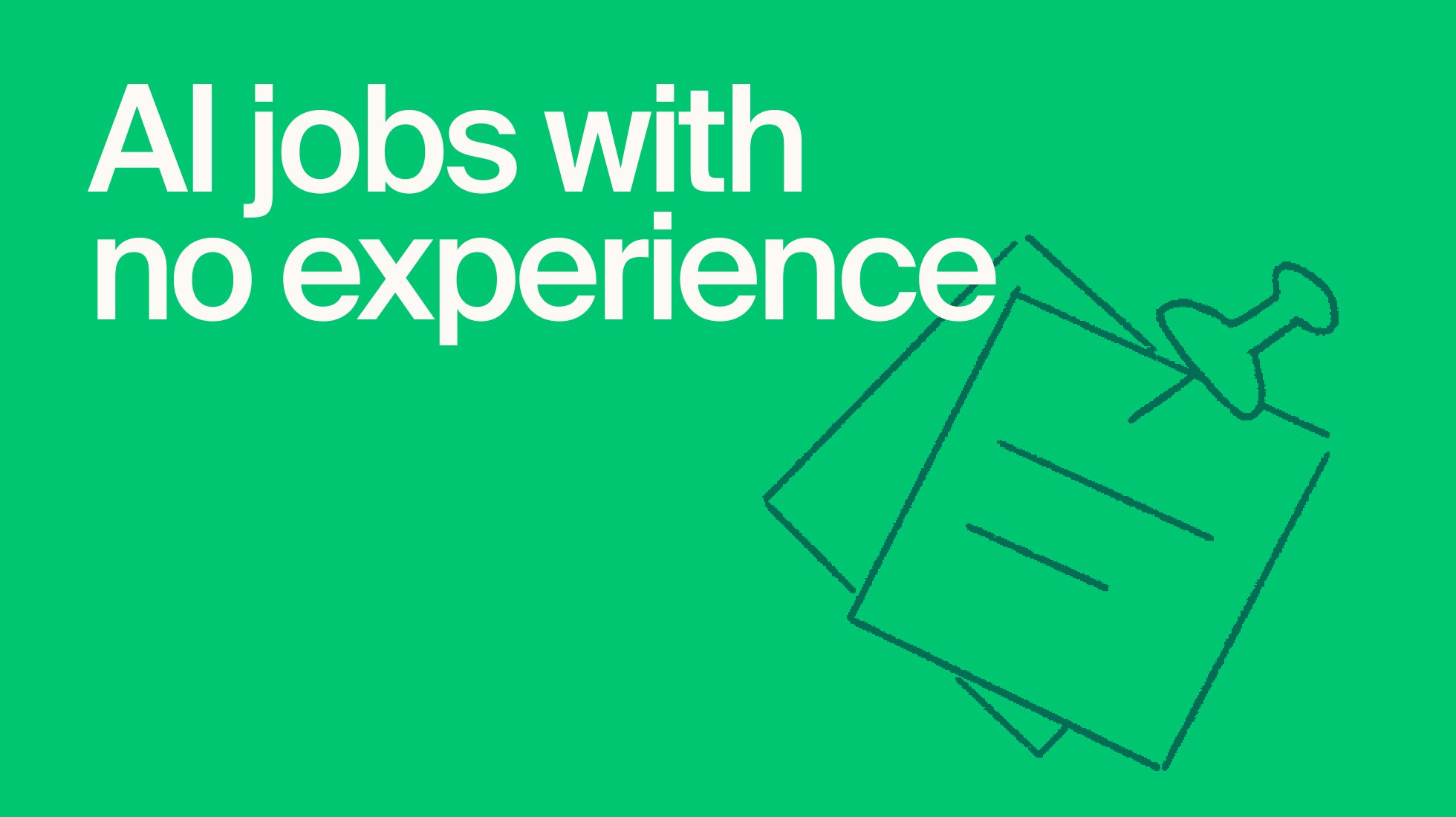GenAI Insights
November 20, 2025
Article by
Mindrift Team
We’re predicting it now — “workslop” will be the word of 2026.
Ever read a promotional email that’s clearly selling something, but you’re not sure if it’s toothpaste or cat food? Or scanned a blog post that has all the right words, but absolutely no meaning?
Workslop is part of the AI slop family: AI-generated content that’s low-quality, generic, misaligned, or just plain nonsense. It’s specific to the workplace, popping up in emails, reports, and marketing materials across organizations big and small — and it’s killing our productivity.
Learn how to recognize it, and more importantly, make sure you’re not accidentally creating it.
What workslop looks like
Workslop isn’t always obvious at first glance. It can sneak into your workflows and look “good enough” until you take a second look and notice telltale signs like:
Buzzword-filled content that uses all the right terms but communicates little.
Writing that ignores the main idea and becomes too long, too short, or misses the point entirely.
Confident but inaccurate explanations that sound good but contain subtle errors.
Tone mismatches, where the style drifts into overly casual, formal, or just not what you asked for.
Unedited first drafts pasted directly into documents without human edits.
Generic, templated responses that could apply to any product, project, or industry.
But knowing the signs isn’t enough, so we decided to experiment. We gave the same AI model two sets of instructions. The first round was vague, short, and lacked context — something a busy marketing assistant might throw at a model without thinking.

The result? A lot of words, very little value. We quickly spotted some of the telltale signs like buzzwords, repetitive and generic phrases, and strange sentence structure — workslop, at its finest.
We then tweaked the prompt to specify the audience, tone, and style we needed from the model. Most importantly, we also made clear what we don’t want.

This time around, the output was stronger, although still not perfect. The model came up with a more interesting hook and included some thought-provoking ideas. While it may not be workslop, it still calls for editing and shaping by a real human to be “good content”.
Is AI capable of producing something better than workslop?
The short answer: yes. AI isn’t inherently bad at being creative, but it needs guidance from the user. This is where the type of user truly defines the output and we get the concept of pilots vs. passengers.
AI pilots: Pilots guide AI like a co-pilot. They give context, ask follow-ups, adjust tone, and actually check the output before pasting it into a document that will be seen by other humans. They use AI to speed up workflows, explore new ideas, and create value, not replace their thinking.
AI passengers: Passengers toss a vague prompt into the model, grab the first draft, and call it a day, giving birth to more workslop. Passengers also tend to believe AI “doesn’t work” because, well… they never really drove it.
As with most things AI, success comes down to mindset. According to Stanford’s 2025 AI Index, 78% of companies in the U.S. are using AI in some capacity. And these companies thrive on pilots. They’re the ones who create high-quality work, innovate quickly, and raise the bar for human-AI collaboration.
Meanwhile, passengers unintentionally clog workflows with low-quality results and force others to spend extra time fixing things. Bottom line? Workslop isn’t an AI failure, it’s born from user error and workflow failures.
The anti-workslop approach
Whether you’re using AI for your business, as an employee, or just for fun, making tiny changes in your workflows can stop the slop.
Level up from passenger to pilot
Great results don’t come from one-click prompts. They come from guiding the model with context, reviewing its output, and treating it like a tool, not a magic button. Our AI learning library is the best place to find valuable, free resources for leveling up your skills.
Understand AI’s limits (and work with them)
Even the best models hallucinate or overgeneralize. Start by learning why models hallucinate to be able to spot these little slipups quickly. Then dive into how to handle ambiguous responses so you’re always ready to course correct the model.
Get hands-on practice with real projects
Experience is the fastest path to becoming a true AI pilot. Real-world tasks sharpen your instincts, teach you what good output looks like, and build the judgment needed to work effectively with AI. Complex projects often leave AI Trainers with valuable lessons learned and experience gained.
Battle workslop, train better models
Used well, AI can boost creativity, speed up research, and help people do their best work. But that’s only half of the equation.
The other? Well trained, human-guided models that can go beyond the generic workslop output and create real value. Join our community of thousands of professionals, doing this very thing every day.
Mindrift’s projects are flexible, interesting, and paid — the perfect combination for professionals looking for a side-gig. If you’re creative and detail-oriented, you’re probably a great fit!
Explore our active projects and find where you can make a difference.
Explore AI opportunities in your field
Browse domains, apply, and join our talent pool. Get paid when projects in your expertise arise.
Article by
Mindrift Team





